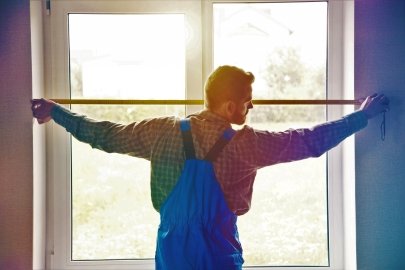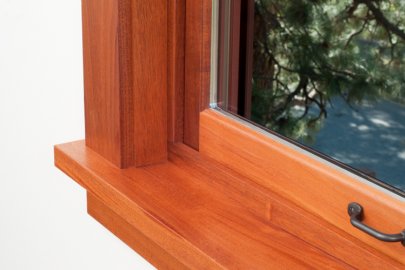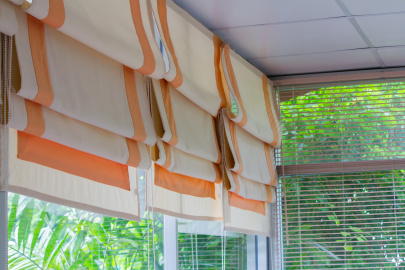Replacing single-pane windows with double-pane windows that have high-performance glass may be cost effective, but you could also consider installing low emissivity (low-e) storm windows. Installing interior or exterior energy-efficient storm windows that are rated by the Attachment Energy Rating Council (AERC) can produce similar savings but at about 1/3 of the cost. Storm windows can help reduce air movement into and out of existing windows, helping to improve comfort and reduce heating and cooling costs.
Interior Storm Window
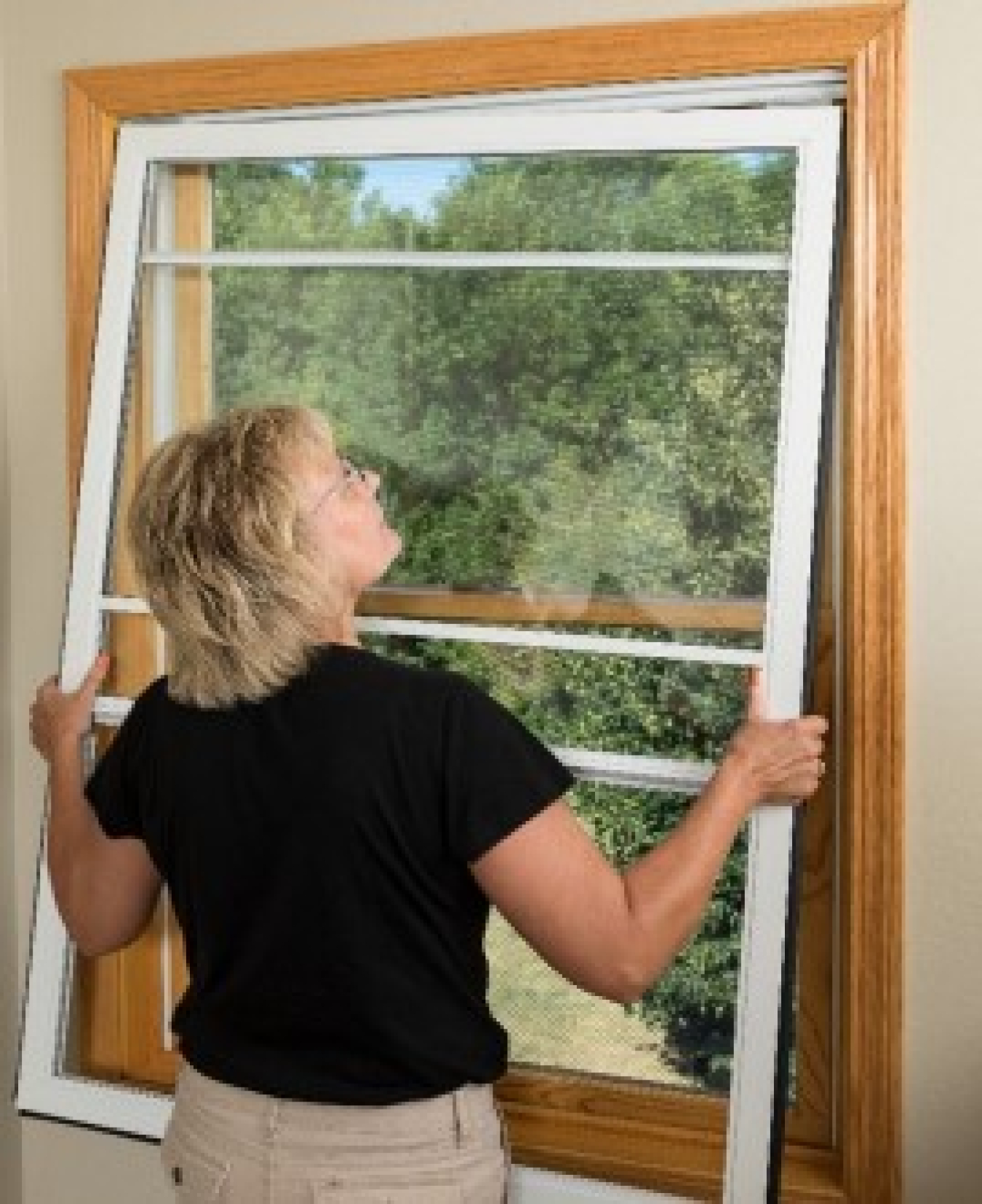
Exterior Storm Window
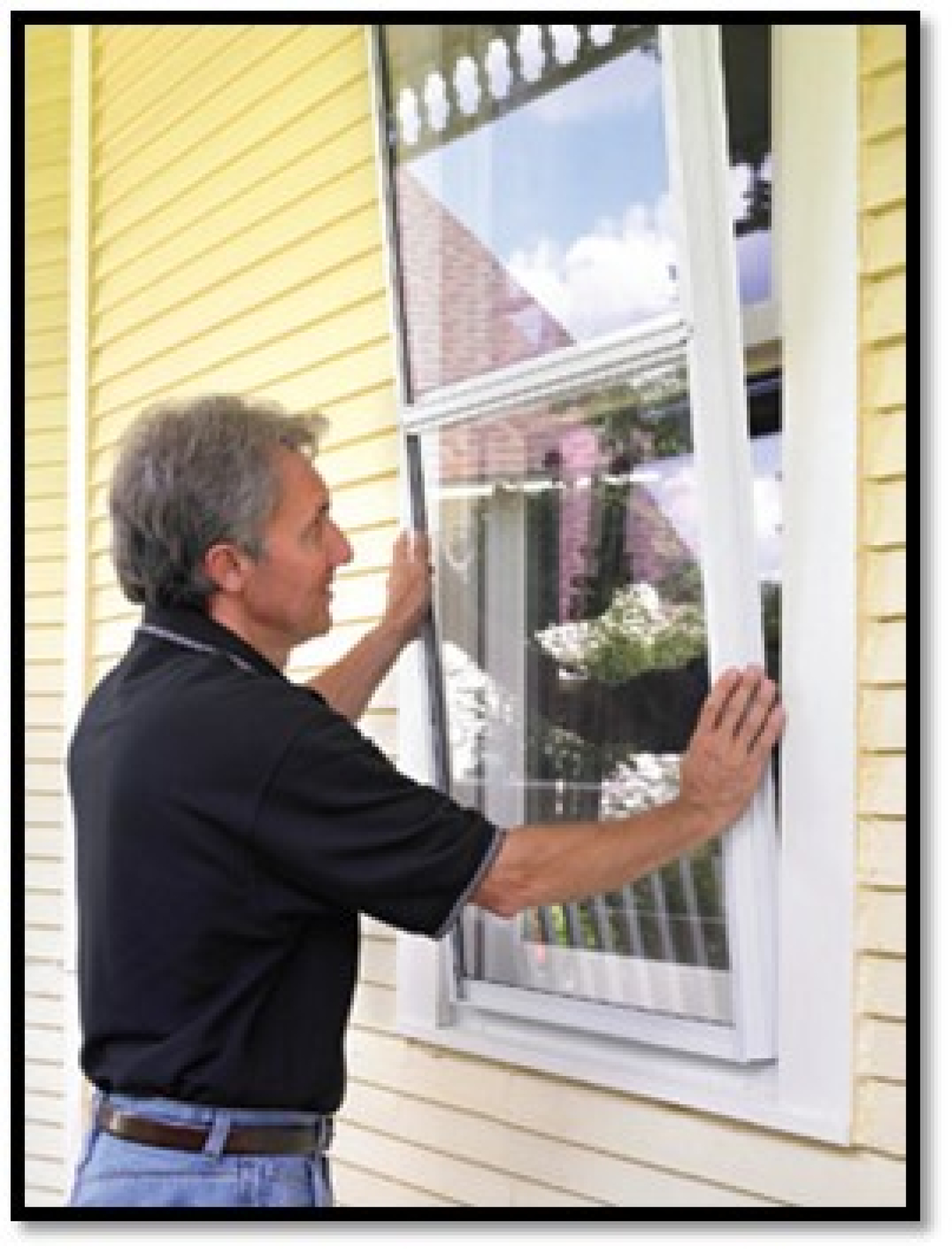
Low-E Storm Windows
While older storm windows were typically just clear glass, newer models are available with a low-e coating that reduces heat transmission through the storm window. Low-e storm windows are more insulating, reflecting heat back into the house into the winter, and can also help the home stay cooler during the summer, keeping the home more comfortable. Information on the energy efficiency of storm windows is available for all rated products through the AERC. You can find storm windows that have the ENERGY STAR label at energystar.gov .
Modern storm windows are not the same as the old seasonal storm windows that were removed for cleaning or to allow for entering or exiting. New low-e storm are designed to blend in with the existing architecture, are permanently mounted, and are available as fixed or operable models, such that you can maintain the operation of your existing window (e.g. single-hung storm window attaches over single-hung existing window).
Benefits of Low-e Storm Windows:
- Similar energy savings as full window replacement, but at about one-third the cost
- Aesthetically pleasing
- Operable
- Reduces drafts and increases comfort
- Reduces noise
- Reflect radiant heat 35% better than clear glass storm windows
- Act as an air sealing measure and can reduce overall home air leakage by 10% or more
Low-e exterior or interior storm windows can save you 10%–30% on heating and cooling costs, depending on the type of window already installed in the home.
For more information on the benefits, performance, cost, installation guidance, and energy rating and labels, be sure to check out these resources:
- Building America Solution Center; Exterior-mounted storm doors
- Building America Solution Center: Interior-mounted storm doors
- Efficient Window Coverings
- Attachment Energy Rating Council (AERC)
- ENERGY STAR label
Installation
When installing storm windows, ensure they have weatherstripping at all movable joints; are made of strong, durable materials; and have interlocking or overlapping joints. See our do-it-yourself home energy savings project for step-by-step instructions for installing low-e storm windows.
Subscribe to receive updates from Energy Saver, including new blogs, updated content, and seasonal energy saving tips for consumers and homeowners.


